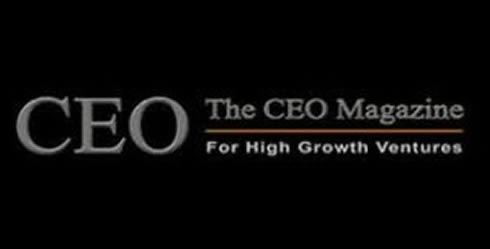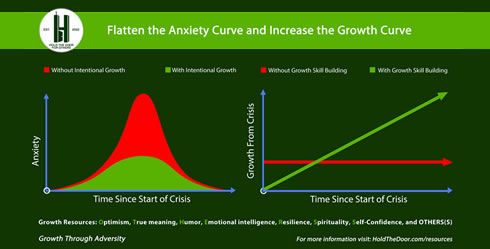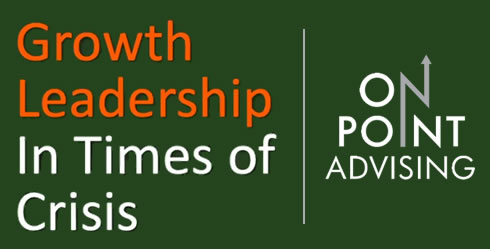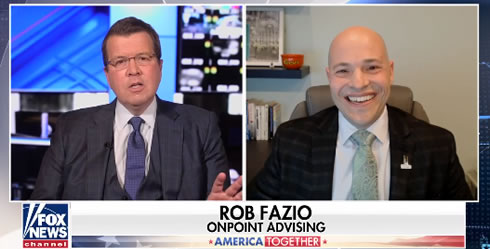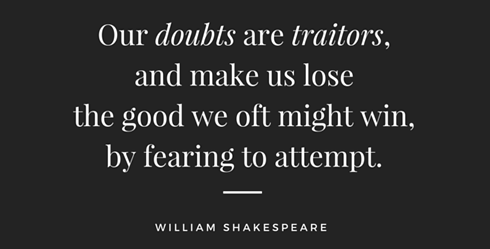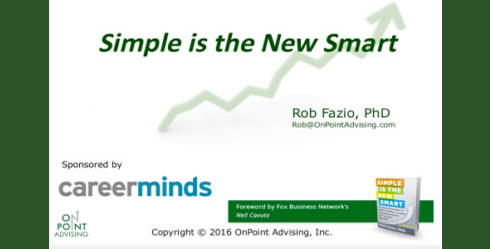*As appeared in The CEO Magazine
“I didn’t find the meeting valuable.” Years ago, those were the words in an email I was copied on to my boss. It was my first CEO executive coaching engagement, and all I knew was I never wanted to see those words again. I was confident that I was adding value, but what I learned is it wasn’t value aligned with this senior executive’s Motivational Currency.
Harvard professor David McClelland’s research on motivation identifies three social motives: Achievement, Affiliation, and Power. The theory is that these motives move people toward behavior (McCelland, 1961). Based on his theoretical framework, combined with over a decade of my own experiences, I developed the Motivational Currency framework (Fazio, 2015).
Motivational Currency: The Core Four
As much as we wish it were as simple as a one size fits all, when it comes to much of psychology, people are unique, and we take action based on our personalities, previous experiences, and current situations. Although most people will have a primary motivator, often people have multiple motivators. The stronger your motivators are in one area, the easier it is for you to make decisions, and the more challenging it is to manage your impulses.
Successful motivational leadership is when you Recognize, Read, and Lead. Set your focus to being able to: a) recognize what your primary motivators are, b) read what the motivators are for others, and c) lead with intention so you can motivate others quickly.
Performance
The Performance motivator is about results. Individuals who are driven by performance want to get things done. They pride themselves on not just completing tasks, but excelling. They thrive on meeting challenges and exceeding standards. They are often fast paced, direct, and focused on outcomes. Performance-driven people are not afraid to challenge the status quo and expect others to have as much drive as they do.
A potential setback for them is overlooking the impact getting tasks completed has on other people. They have a tendency to focus on the outcome and not pay a lot of attention to the process. They can be perceived as overly direct or controlling.
In groups they are often the person who takes the lead. They can come across as controlling or demanding. They want to drive to a resolution and complete a task or set a new standard.
People
The People motivator is about relationships. Individuals who are driven by the People motivator are most concerned about getting along, teamwork, and collaboration. They are focused on how things impact others. They tend to have a strong social radar and can read people well.
A potential setback for them is they can lose sight of an objective because they are overly concerned with how others feel. If someone is overly People focused they can get caught up in the process and not pay attention to the result. They can be perceived as too feelings oriented or indirect.
In groups, they are often the one who asks a lot of questions, is inclusive, and focuses on getting everyone’s opinion. A common descriptor of them is “nice” or “team-oriented.”
Power
The Power motivator is about influence. People who are motivated by Power put a premium on being persuasive and offering their point of view. They often are effective at providing advice and communicating the importance of brand and reputation.
A potential setback for them is they get caught up in status and reputation. They have a need to feel important and receive recognition. They can come across as “one uppers” – people who tend to build on what other people say and highlight their experience. They can be perceived as insecure if they have not reached the academic or professional status of those around them.
In groups, they are often the person who gives their point of view early and often. They have a desire to be influential so they often tell stories and talk about the big picture or how things “will be.” They often are someone who gives unsolicited advice. They have a tendency to hint or overtly communicate who they know and how important they are.
Purpose
The Purpose motivator is about helping others and contributing to something outside of themselves. They often crave having purpose and meaning in their work. Many Purpose-driven people are motivated by developing others or volunteering and community involvement. They excel at getting people to focus on the greater good and can be tremendous enterprise contributors. They can get people to think across business silos and think about what is best for the entire group or business rather than individuals or teams.
A potential setback for them is they can become disengaged if there is not meaning or a focus on the greater good in their work. They have a need to see the bigger picture and are passionate about being selfless. They often focus on learning about businesses, cultures, or communities outside of their own. They often are eager to find resources that will help them help others.
In groups they tend to try and find ways to connect what they are doing to a bigger picture. They will often question the purpose of an initiative. They can be perceived as overly idealistic or not focused on identified results. A common stereotype, right or wrong, of Millennials is that they are purpose driven.
Motivational Currency Snapshot
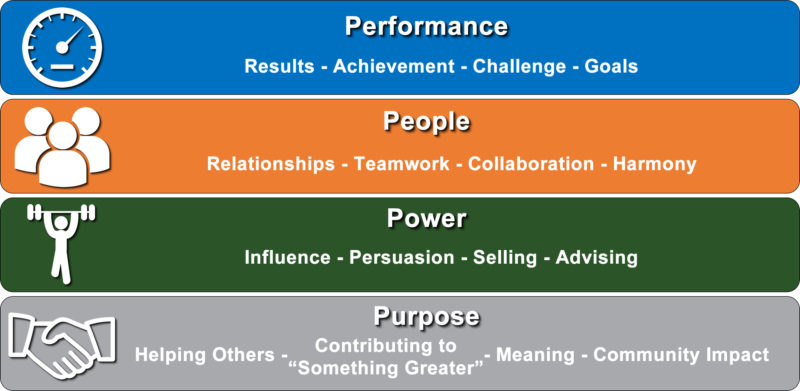
The mistake I see managers making is treating motivation as something they need to do to employees, rather than something to do with employees. There is no one size fits all silver bullet. However, there are strategies that work. It starts with a motivation mindset and ends with being intentional about knowing what makes you and others tick so you spend your time wisely and help others do the same.
Remember that CEO I mentioned? He ended up sending me a holiday card that same year and letting me know his executive coaching engagement not only provided value, but his wife also likes him better. I appreciate the lesson he taught me. Motivational Currency is powerful. Assess it and adapt to it.


